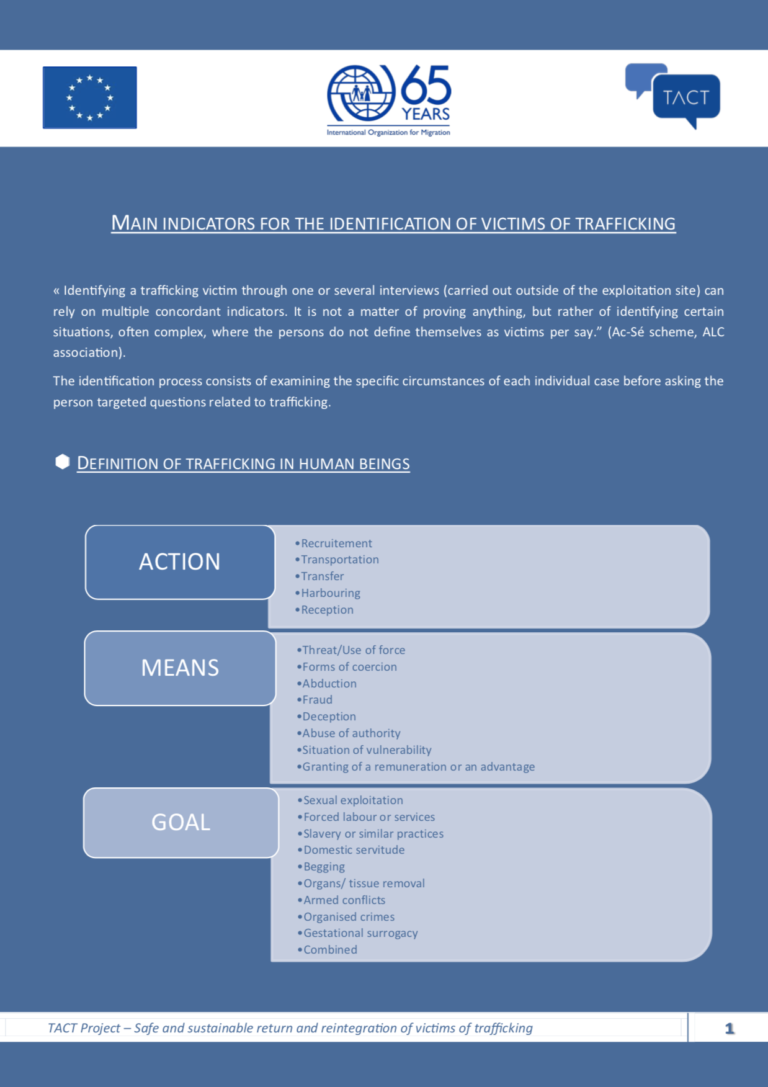Human Rights Roadmap for Transforming Finance: Priorities for Progress in the Next Decade for the Implementation of the UN Guiding Principles on Business and Human Rights
GuidanceThe financial services industry—from asset owners and managers to private equity, venture capital, and banks—has a catalytic effect on the behavior of business and the economy. Its vast range of financial products, services, and client relations...Read More

